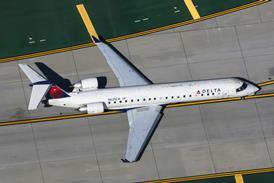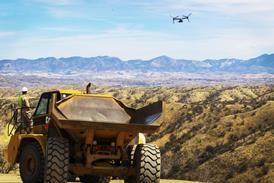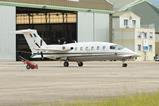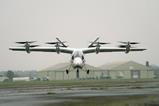Leonardo is considering a carve-out of its underperforming aerostructures business in collaboration with industrial or financial partners to address worsening performance on the back of continued difficulties with the Boeing 787.
Italy’s aerospace champion has been attempting to return the aerostructures operation to profit for several years and had been hoping to reach break-even by 2025.
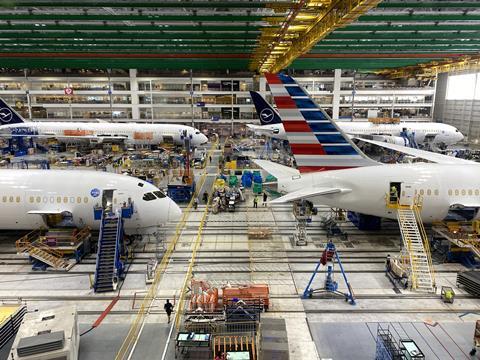
But that forecast relied on production of the 787 – for which it makes two centre fuselage sections and the horizontal stabiliser – returning to a higher rate this year and next following a slowdown amid quality issues earlier in 2024.
Leonardo had already begun taking action at the Grottaglie plant in southern Italy where it manufactures the 787’s carbonfibre fuselage barrels, diversifying output away from the Dreamliner and instituting a temporary slowdown to address overcapacity.
But speaking to investors on a 7 November nine-month results call, chief executive Roberto Cingolani said the picture had worsened in the third quarter as Boeing wrestled with significant internal challenges.
Earlier in the year, the airframer had contemplated a requirement for a total of 80 shipments in 2024, rising to 112 next year. These figures were subsequently trimmed in June to 55 and 97, respectively.
However, Boeing’s latest plan – shared with Leonardo this month – foresees even lower delivery volumes: 49 this year and 81 in 2025. “Unfortunately, this is not enough for us to keep the division running,” says Cingolani.
The aerostructures business supplies both Airbus and Boeing programmes, and the ATR turboprop joint venture, and three of its four main plants “are doing relatively well”. However, Grottaglie is “the one having more problems”, he adds.
Assessments carried out by Leonardo suggest the maximum industrial capacity across the division is 4.5 million hours of “engineering capability” each year. However, the forecast workload across the 2025-2029 period is just 3.2 million hours.
That unused capacity is “a burden to the economic and financial position of the group”, he says, with labour and material cost inflation a further headwind.
Leonardo’s conclusion is that “inertia” is no longer an option: “We are not able to wait any more for a solution to the situation at Boeing,” says Cingolani. In that scenario, break-even would not be achieved until 2028 or 2029, he adds.
Although other initiatives are under way – optimising its supply chain, for example – “this will not be enough”.
Instead, Leonardo will pursue a carve-out of the division. “We are in contact with financial and other partners,” says Cingolani.
He is seeking to make the unit “attractive on a global level” through a “strong alliance” rather than “simply taking a single production line and finding a partnership”.
While the 787 slowdown is the latest issue to befall the division, Cingolani notes that the aerostructures business has caused “10 years of problems”.
“It is time to be a bit more aggressive in the way we conceive possible solutions.” Leonardo had hinted at the Farnborough air show that it was considering radical action for the division.
A carve-out of the aerostructures business could present Boeing with further turmoil in its supply chain as it also works to re-acquire loss-making Spirit AeroSystems.
For the nine months to 30 September, Leonardo’s aerostructures revenues actually grew to €571 million ($611 million) from €528 million in the same period one year earlier; Boeing fuselage section shipments also rose year on year to 37 from 27 a year earlier.
However, EBITA losses remained consistent at €129 million. And, says chief financial officer Alessandra Genco, those losses do not reflect “the full challenges the business has been facing”.


